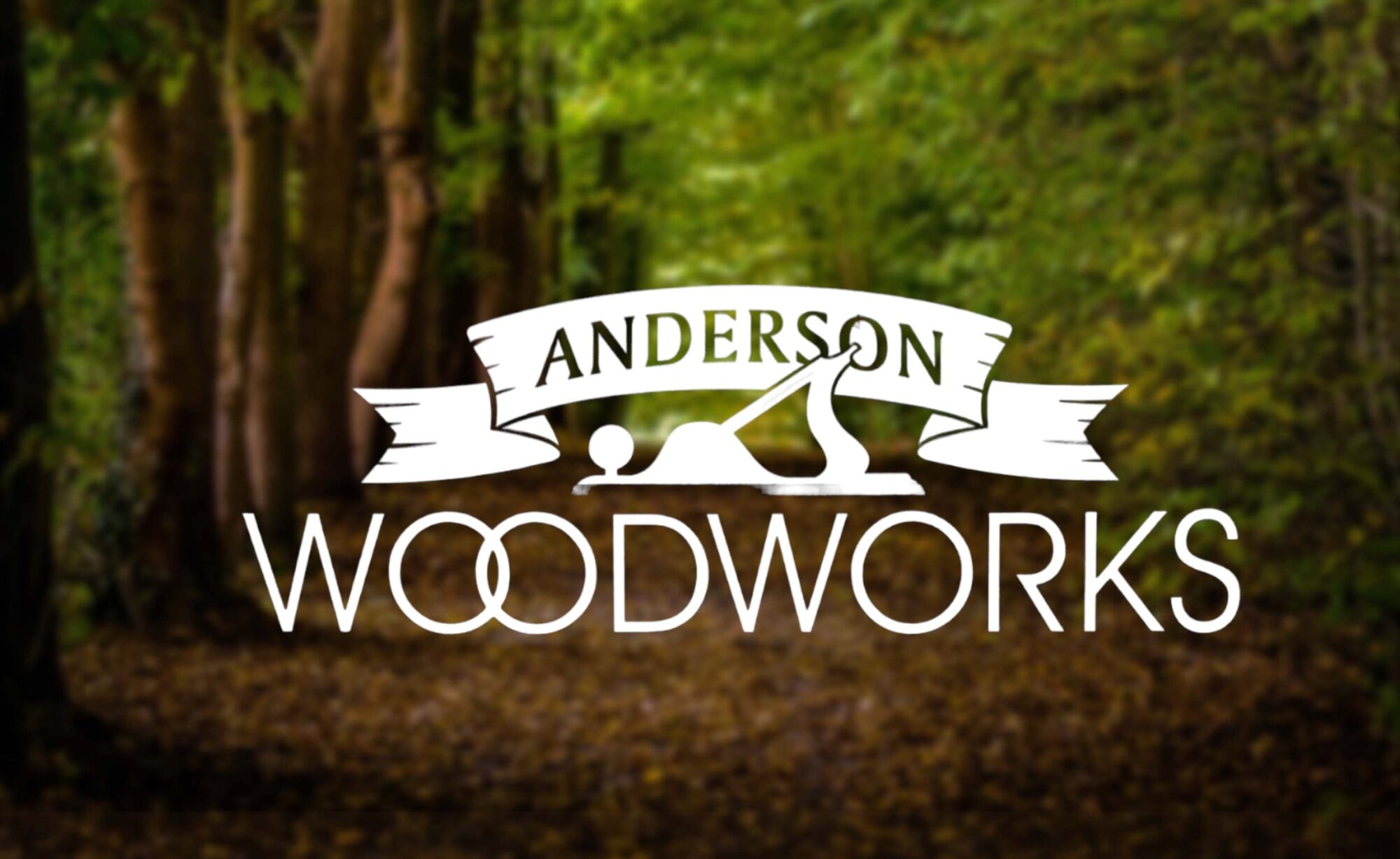
The Great Finish Debate: Hard Wax vs. Polyurethane for Your Precious Wood Surfaces
Howdy, fellow wood lovers and furniture aficionados! If you’re in the throes of choosing the perfect finish for your glorious wood surfaces, you’ve likely come across two frontrunners: hard wax and polyurethane. Both have their merits, but let’s have a friendly chat about the environmental impact and protective qualities of each.
Hard Wax Finish: Nature’s Warm Hug
Benefits:
- Natural Ingredients: Hard wax finishes are the leafy greens of the finish world. Think beeswax, carnauba wax—good and natural stuff that’s environmentally kind.
- Aesthetic Appeal: Craving that natural, matte look? Hard wax enhances the wood’s true beauty, spotlighting its grain and texture like a star on the red carpet.
- Repairability: Who has time for complicated repairs? Minor scratches can be kissed goodbye with a little wax love, making upkeep a breeze.
- Breathability: Hard wax finishes let your wood breathe easy, especially useful in tricky climates or with temperamental timbers.
Downfalls:
- Durability: In the roller derby of finishes, hard wax is less of a bruiser than polyurethane. It offers decent protection but might not stand as firm in high-traffic zones.
- Water Resistance: Not exactly a waterproof shield; more like a cute umbrella. Regular TLC and reapplications are key.
- Longer Curing Time: Patience is a virtue, especially here. Hard wax likes to take its sweet time to fully cure.
Polyurethane Finish: The Sturdy Guardian
Benefits:
- Durability: This is your finish if you’re after high durability. It’s practically armor for wood against scratches, moisture, and those oh-so-messy spills.
- Variety of Finishes: Whether you’re dreaming of a satin sheen or high-gloss glamour, polyurethane offers a range of styles that might tickle your fancy.
- Ease of Cleaning: Quick wipes and less frequent fuss make maintaining polyurethane-coated surfaces a snap.
Downfalls:
- Chemical Ingredients: While tough, polyurethane’s synthetic nature can be a little harsh on the environment and indoor air quality, with its VOCs lurking around.
- Repair Difficulty: Dinged your finish? Poly repairs can be a project, often involving sanding and a complete do-over.
- Appearance: Sometimes, polyurethane can give wood a bit of a plasticky vibe, which may not sit well with the purists among us.
Personal Thoughts and Preferences
At the end of the day, the best finish comes down to what matters most to you and your furniture dreams. I use both finishes depending on what my clients fancy. However, I do have a soft spot for hard wax—probably because I make a personal blend for my furniture. I’m all about natural everything and striving for harmony with our planet.
Confession time: I have a bit of a quarrel with polyurethane. Here’s why—it all started when I used it on a piece day and discovered my wife having a bad reaction. After using it, I entered our home to find her struggling to breathe. That was my wake-up call. Now, I lean hard on my beloved hard wax wherever possible.
Remember, whichever path you choose for your wood wonders, let it resonate with your priorities—be it environmental consciousness, protection levels, maintenance ease, or the sheer beauty of the final look. Happy furnishing! Don’t forget to sign up for my email newsletter for events and now projects I am working on.
If you are interested in purchasing my paste wax just visit my store to get a 20 oz can of my Oil & wax finish
Discover more from Anderson’s fine furniture
Subscribe to get the latest posts sent to your email.

